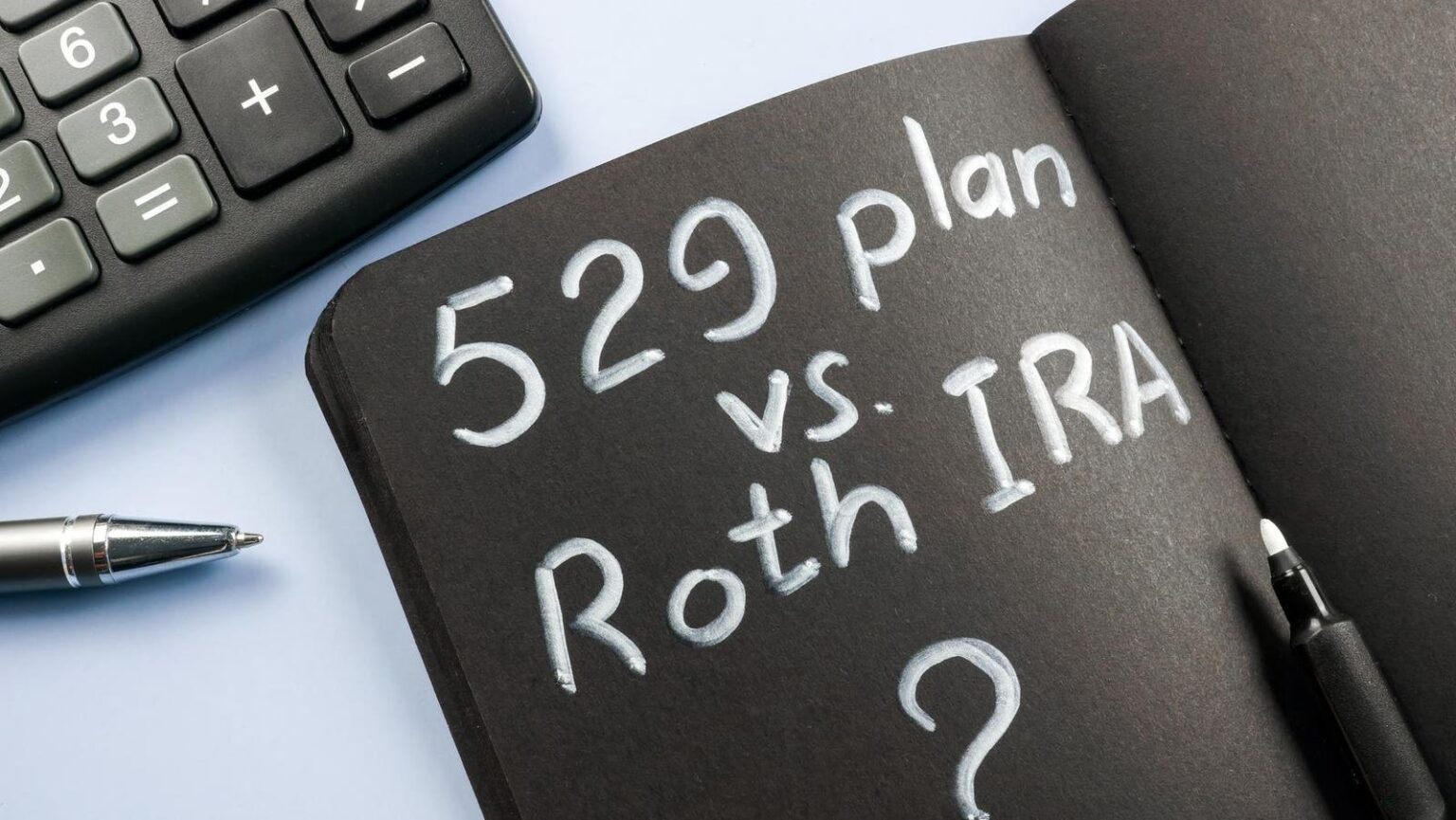Parents have many challenges when it comes to raising their children. One of the most important is also one of the most overlooked: financial literacy.
What does it take for a parent to teach a child about smart money behavior? Perhaps the best way to do this is by actions, not by lectures. Show your child what to do. Demonstrate it in a way that allows children to engage when they’re ready. Guide them when they are ready. Then, let them go to make their own (hopefully minor) mistakes.
Proactive parents start their children on the path to savings very early on. Several options exist to accomplish this. Among the two most popular (because they are the most helpful) are the 529 College Savings Plan and the Roth Child IRA. What’s the difference between the two and which one is better?
How does a 529 plan work?
A 529 plan is a state-based college savings vehicle created for children to pay future education expenses. Its primary advantages include allowing anyone to contribute to it and it permits you to save a lot of money quickly. The IRS doesn’t have any contribution limits (beyond the annual gift tax limit). However, individual states may have a lifetime contribution limit, but this cap usually extends into the several hundred-thousand-dollar range.
What are the disadvantages of 529 plans?
Historically, 529 plans have been constrained by the fear of limited access to the money inside them. While that changed this year, the new rules for 529 plans do not entirely eliminate the problem.
“Before SECURE 2.0, you only had a few options for leftover 529 funds if you didn’t use them for higher education costs,” says Kevan Melchiorre, co-founder & managing partner at Tenet Wealth Partners in Champaign, Illinois. “You could use them for other qualified expenses related to K-12 tuition. You could also transfer the funds to another qualifying family member of the current beneficiary, for instance a sibling or first cousin as two examples. Lastly, and worst case, you could distribute the funds outright, but that comes with income taxes plus a 10% penalty on earnings for any non-qualified withdrawals.”
Is there anything better than a 529 plan?
Beginning this year, you can transfer excess 529 plans to a Roth IRA. This begs the question: Why not put the money into a Child Roth IRA to begin with? After all, a Child Roth IRA possesses benefits not available with 529 plans.
“A Roth IRA offers advantages over a 529 plan due to its flexibility for non-educational expenses and potential tax-free withdrawals in retirement,” says Sean Lovison, founder and lead planner at Purpose Built Financial Services in Moorestown, New Jersey. “Unlike a 529, a Roth IRA is not limited to education-related expenses, providing broader options for financial planning and retirement savings.”
Why does a Roth IRA have advantages over a 529 plan?
While there are some similarities between a 529 plan and a Child Roth IRA, the Roth presents a far greater spectrum of practical uses that the 529 cannot be used for.
“Unlike 529s, earnings grow tax-free in a Roth IRA, and qualified withdrawals in retirement are also tax-free,” says Melchiorre. “This is the case regardless of what you use the funds for, whereas 529s are tax-deferred and withdrawals are only tax-free if you use them for qualified education expenses. The second advantage is that Roth IRAs generally offer more investment options. Depending on which provider you hold your Roth IRA account with, you usually have access to a wider array of investment choices compared to most 529 plans, such as the ability to invest in individual stocks, bonds, and Exchange Traded Funds (ETFs). This allows for more customization and aligning your portfolio with your goals. Lastly, Roth IRAs offer more freedom and flexibility in their use. While 529s prioritize education expenses, Roth IRAs offer tax-free access to the funds for any reason once you reach age 59½ and after the account has been opened for at least 5 years. Roth IRAs also offer more pre-59½ withdrawal exceptions beyond qualified education expenses, such as a first home purchase (up to $10,000) or unreimbursed medical bills.”
You can sum up the primary difference between a 529 plan and a Child Roth IRA in one word: “flexibility.”
“With a Roth IRA, your savings can be used for retirement, education, or anything else without penalties,” says Shawn Carpenter, chairman & CEO of Stock Alarm in Chicago. “529 plans are mainly geared toward education. Roth IRAs don’t have age limits for contributions or withdrawals, so they work for everyone. You can pass a Roth IRA to your heirs, potentially giving them tax-free income for the future. Pretty sweet, right?”
What is the downside of a Roth IRA?
For all the good Child Roth IRAs offer, there are a few downsides.
Unlike the 529 plan, there’s an annual contribution limit (currently $7,000 in 2024). Although the source of the money used in the contribution can come from anywhere, only the IRA holder can make the contribution. Finally, in order to contribute to a Roth IRA, the IRA holder must have annual earnings at least as much of the contribution for that year. In other words, in order to establish a Child Roth IRA, the child must have a job. This represents an obstacle, but not one this is insurmountable.
Parents who have created Child IRAs have found their children become more interested in money matters as they become more aware of their Child IRA. This helps establish a baseline for financial literacy at a young age.
Do you want to learn more about Child IRAs? Go to ChildIRA.com and sign up for the newsletter.
Read the full article here













